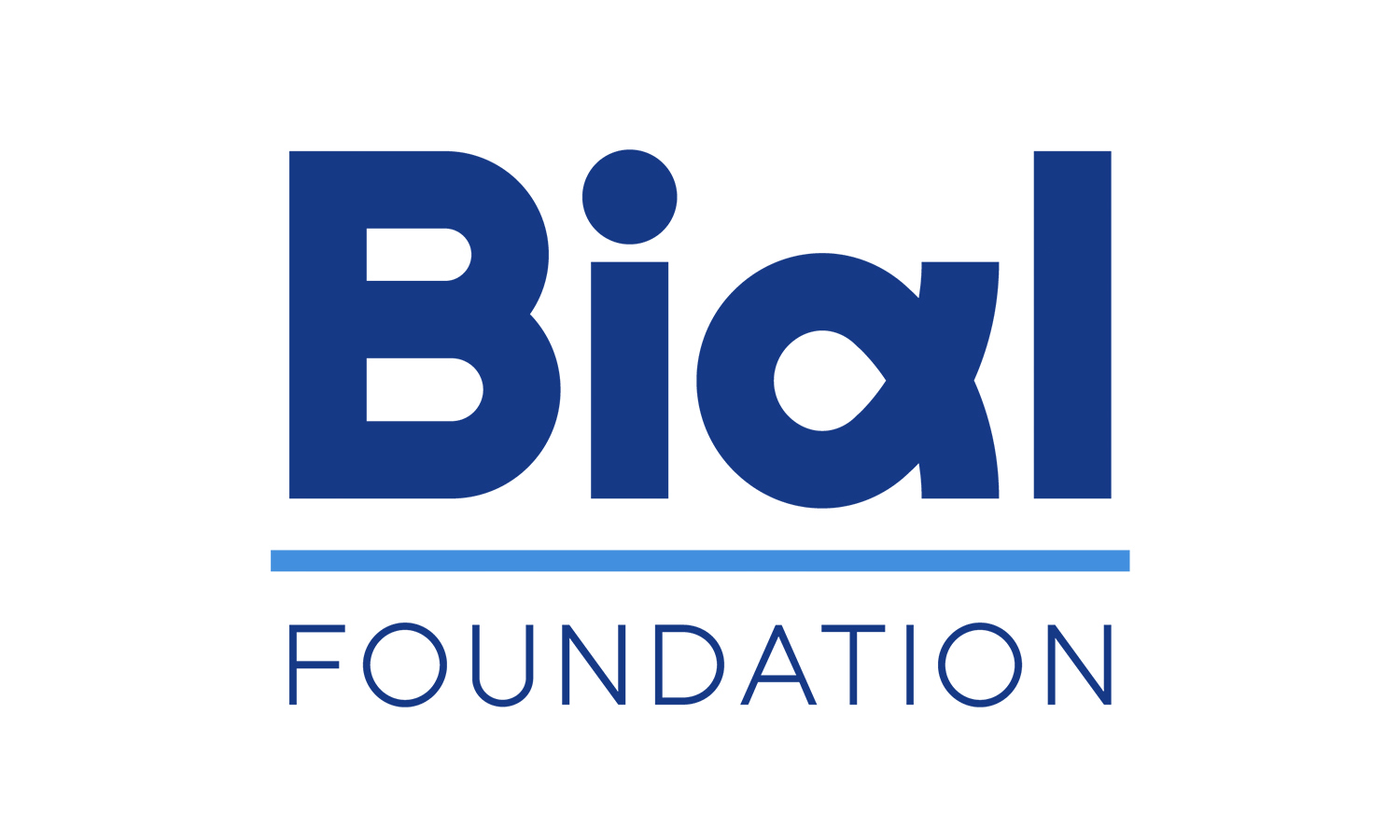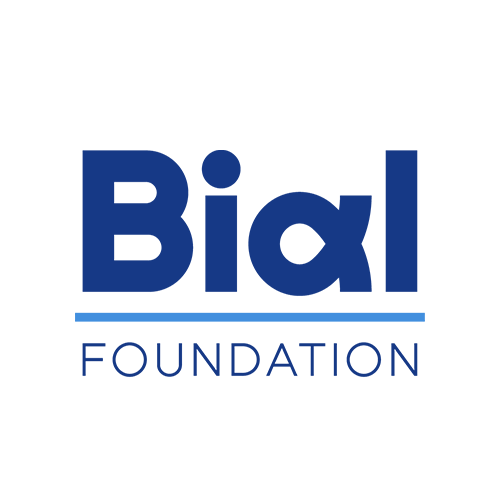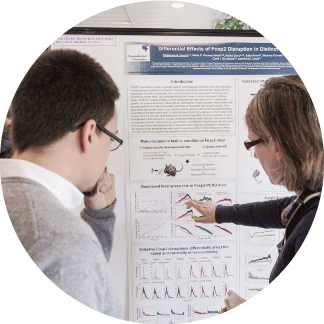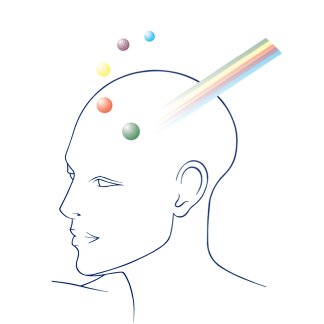News
Top Stories

Does your dog have social skills?
A study suggests that viewing the owner’s face works as a positive social reinforcement for dogs. Learn more about this and other surprising results about “man’s best friend”.
News

Prémio BIAL de Medicina Clínica 2024: applications are open until August 31
Applications are now open for the 21st edition of the Prémio BIAL de Medicina Clínica. The deadline for applications is August 31.
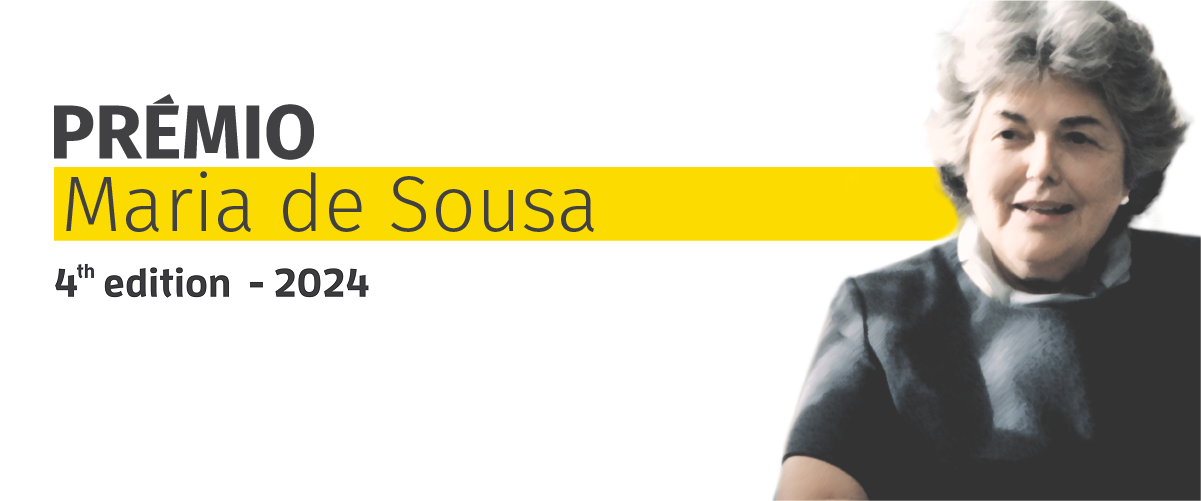
Maria de Sousa Award 2024: applications are open until May 31
The Maria de Sousa Award aims to award and support young Portuguese researchers, aged 35 or under, with scientific projects in Health Sciences.
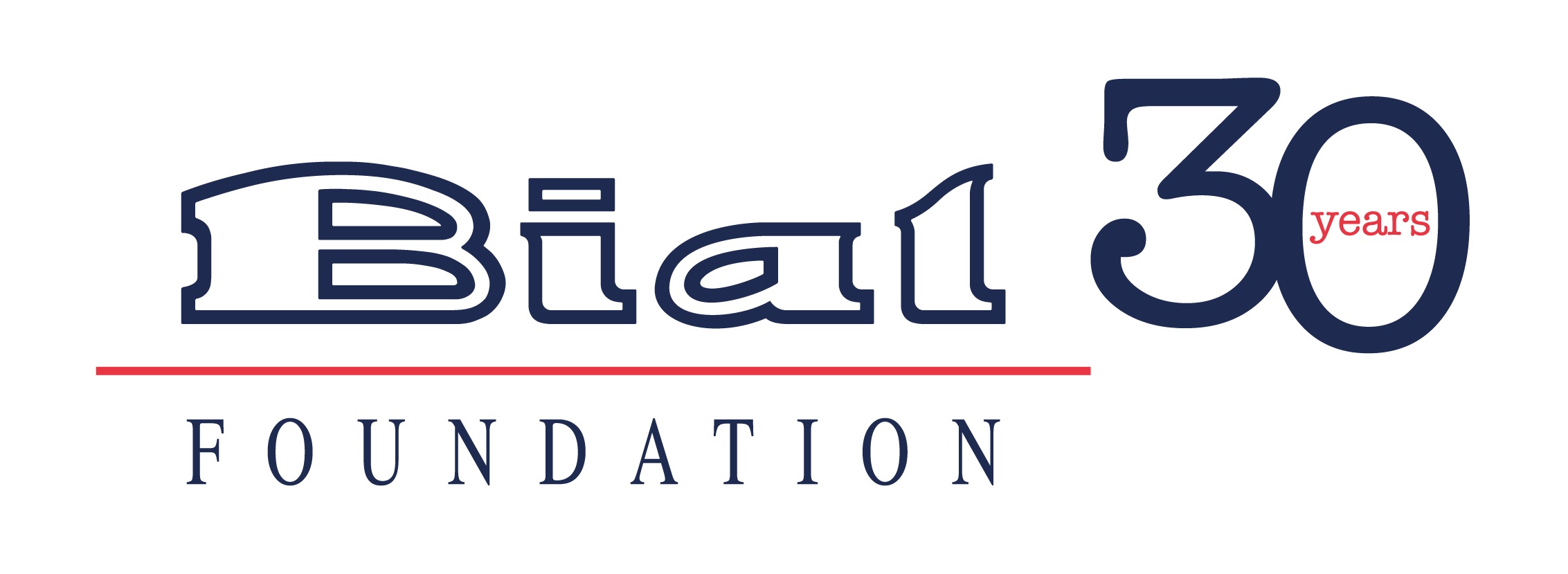
BIAL Foundation celebrates its 30th anniversary
Today, the BIAL Foundation celebrates 30 years of patronage activity in three areas with the aim of stimulating new discoveries and contributing to the improvement of human life.

